CCTV News: Pen, ink, paper and inkstone are known as the four treasures of study and are a unique symbol of Chinese traditional culture. "Duan Inkstone" is the best among the four treasures of the study. Because of its special material, it has been highly appreciated by literati and poets since its advent of the Tang Dynasty. Duan inkstone, which was listed as a "tribute" in the Song Dynasty, was an important tool to promote the dissemination, exchange and development of ancient Chinese culture.
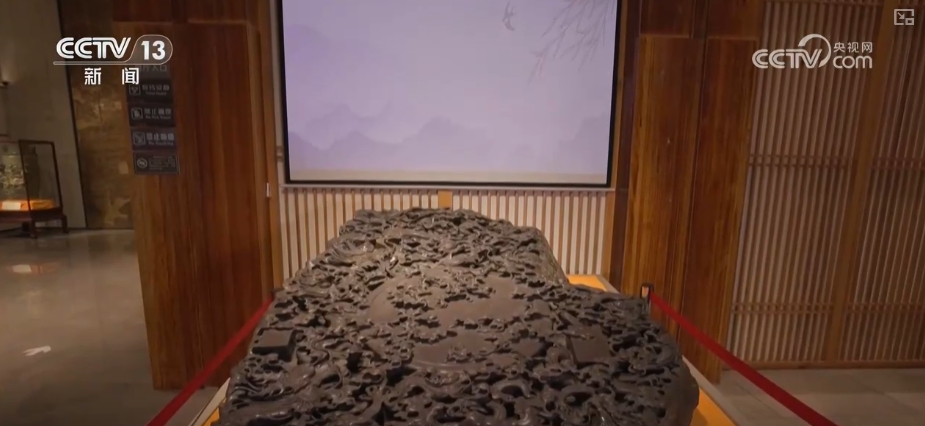
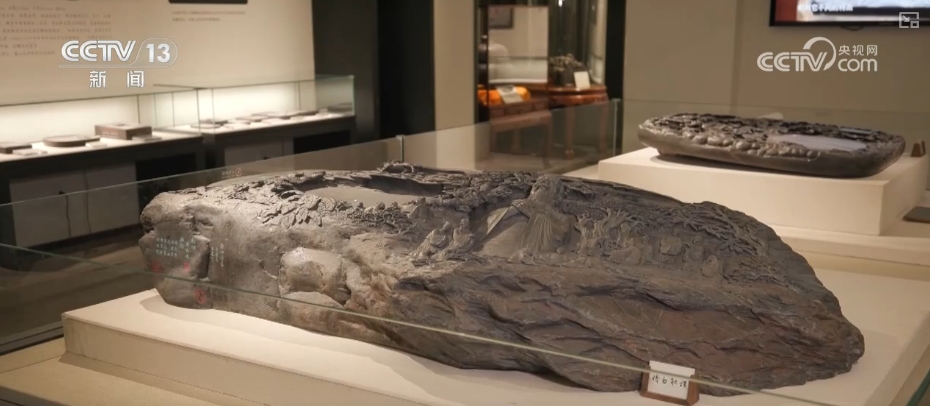
Duan inkstone is ranked among the four famous inkstones in China and has a history of more than 1,300 years. When you enter the Duan Inkstone Museum, many Duan Inkstone works that have far-reaching images of Chinese traditional culture, such as Jiulong Inkstone, "The Way of Heaven" inkstone, and Chinese Baoding Inkstone, are on display.
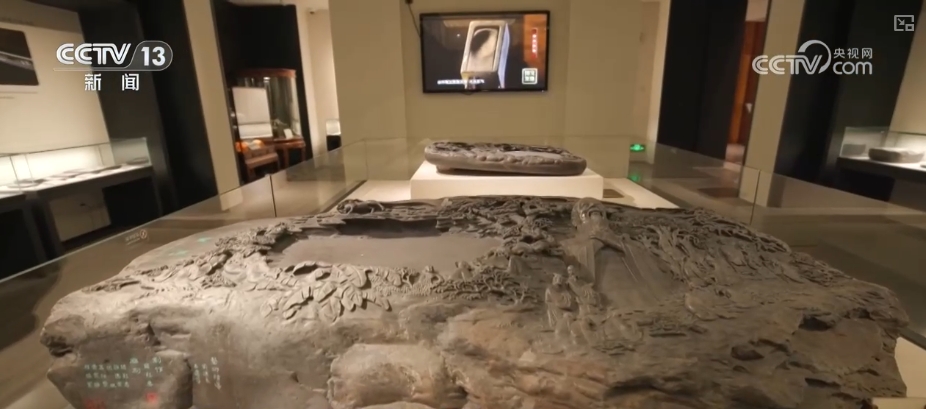
In the Tang Dynasty, the poet Li He used "Duanzhou stonework as skillful as a god, and he cuts purple clouds through the sky and sharpens his knife", which revealed the tenacious perseverance of inkstone making artists and the hardships of mining Duan inkstones. When grinding Duan inkstone, the ink is like wind, the ink is like oil, the ink is not dried up, the ink is not condensed, and the ink is not stagnant when grinding ink is not stagnant. It is the most intimate companion of the literati.

Wang Jianhua, president of Guangdong Duan Inkstone, introduced that the inkstone of Duan inkstone is particularly good and its hardness is very suitable for carving. When grinding ink strips, some of the components of the ink stone can be melted into the ink, which will appear soft, moist and shiny and distinct layers. By the Song Dynasty, there were already palace inkstones. It is said that the emperor of the current dynasty ordered the customization of 9,000 square meters of Duan inkstone in Duanzhou, 3,000 square meters of palace inkstone, 3,000 square meters of reward ministers, and 3,000 square meters of stay and use them in the future. Therefore, during that period, Duan inkstone had become a very important thing for tribute.
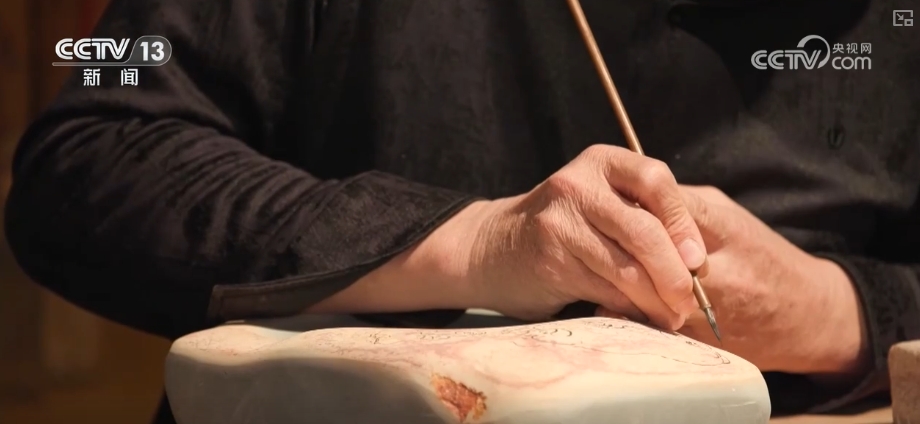
The production of Duan inkstone generally requires multiple processes such as quarrying, material maintenance, design, carving, grinding, and boxing, and each process is very particular. Inkstone makers should design based on the quality of the inkstone and the pattern of the stone to determine the size and shape of the inkstone. Conceive and design patterns around the inkstone hall, while taking into account the stone surrounding the inkstone hall. For example, various factors such as concave and convex state, stone skin, stone flaws, etc., the overall conception and design are carried out. Generally speaking, precious stone patterns need to be left in the inkstone hall, with moderate size and obvious location to ensure the practical function of the Duan inkstone.

Dun Inkstone Museum is located in the Duan Inkstone Culture Village in China. It is a comprehensive cultural venue integrating Duan Inkstone historical and cultural exhibitions, publicity and education, scientific research, tourism and leisure functions. The museum currently exhibits nearly 400 square meters of Duan inkstones and ornaments, as well as a batch of exhibits such as rubbing calligraphy, Chinese painting and stationery. It is currently the largest museum with Duan inkstone as the theme in China.

Liang Jianyu, director of Duanyan Museum, introduced that in recent years, they have continuously enriched the collections and improved the quality of the collections. Duan inkstone carving incorporates a large number of realistic themes, such as the 2008 Olympic Games, the 2010 Asian Games, the World Expo and other elements. Duan inkstone has become Zhaoqing's cultural business card and has been included in the primary and secondary education system to promote Duan inkstone culture. Anhui She Inkstone: Carved with a knife as a pen to create a painting
She Inkstone, She Inkstone, is one of the four famous inkstones in China, and is as famous as Guangdong Duan Inkstone, Gansu Taohe Inkstone, and Yellow River Chengni Inkstone. She inkstone is produced between the Huangshan Mountains of Anhui, Tianmu Mountains and Baiji Mountains. It is famous all over the world for its solid and delicate materials and ingenious carving craftsmanship.
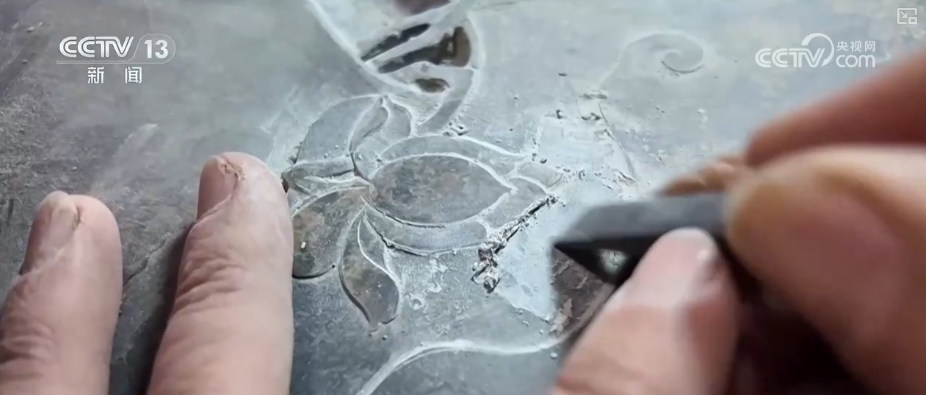
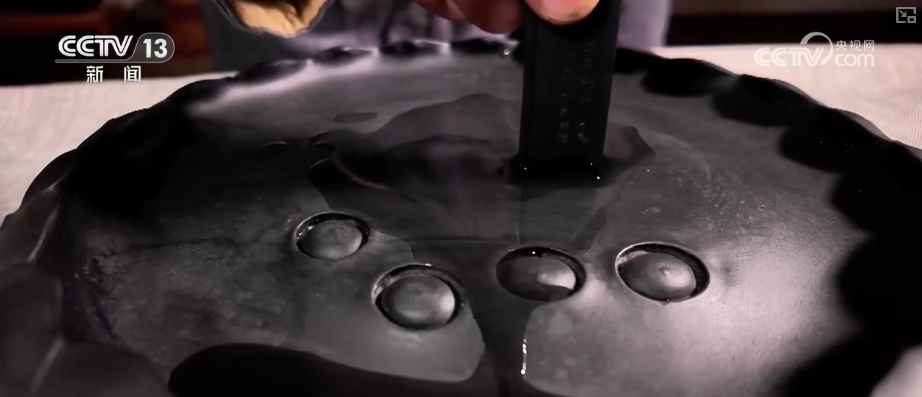


The history of Sheyan can be traced back to the Kaiyuan period of the Tang Dynasty, and has a history of more than 1,000 years. Because the material of She inkstone is solid and delicate, and the grinded ink is smooth, it is highly praised by literati and poets of all generations. In the Tunxi District Museum in Huangshan City, a stone slab used to make Sheyan is known as the treasure of the museum.
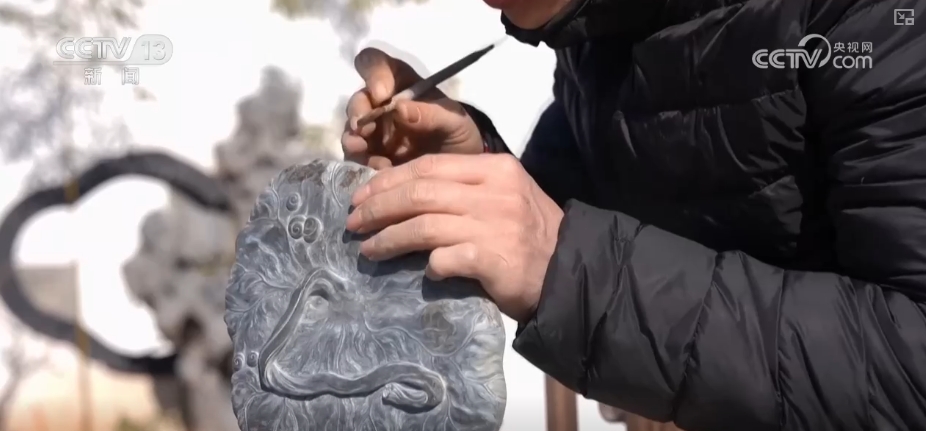
The mineral components of Sheyan stone are mainly sericca, quartz, pyrite, limonite, etc. Because this stone has a fine mineral particle size and uniform distribution of particles, it has the effect of "making the ink better with the hair, smooth and not resisting the pen, and astringent and not stagnant with the pen".
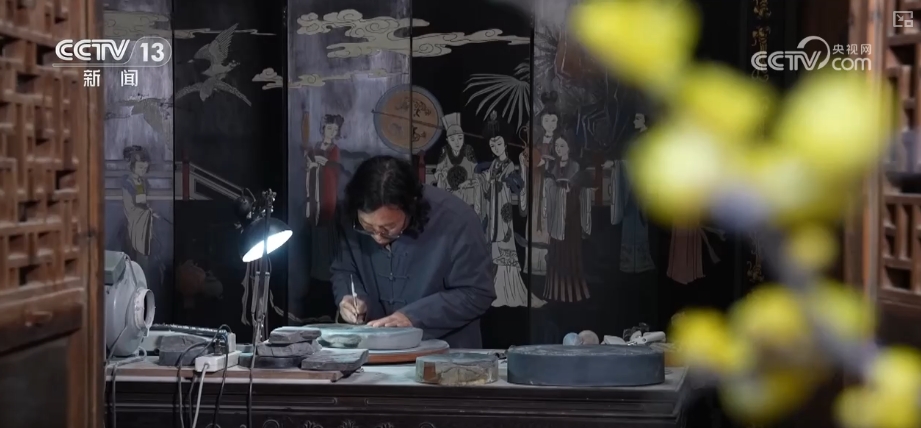
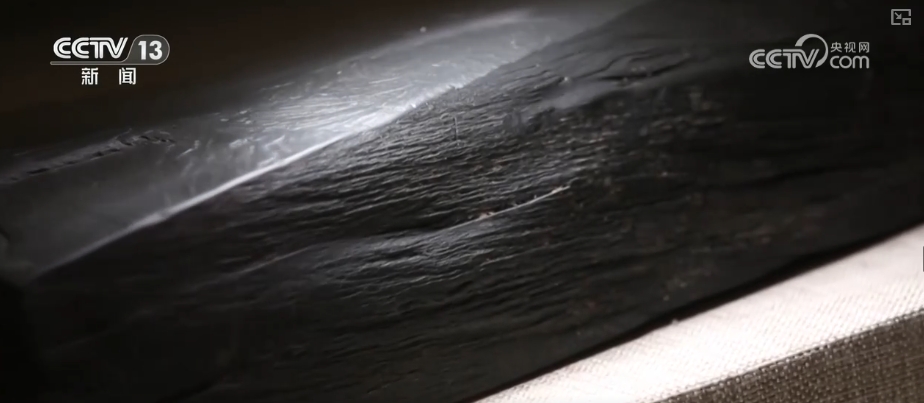
Inkstones are not only practical for Chinese literati, but also pay attention to shape and charm. The stones used to make Sheyan have a variety of natural textures, divided into more than 100 varieties of five categories: Venus, gold halo, ribs, eyebrow patterns, and cabola, which provides rich inspiration for the creation of Sheyan. In the hands of skilled craftsmen, She inkstone is not only a square inkstone, but also a work of art.
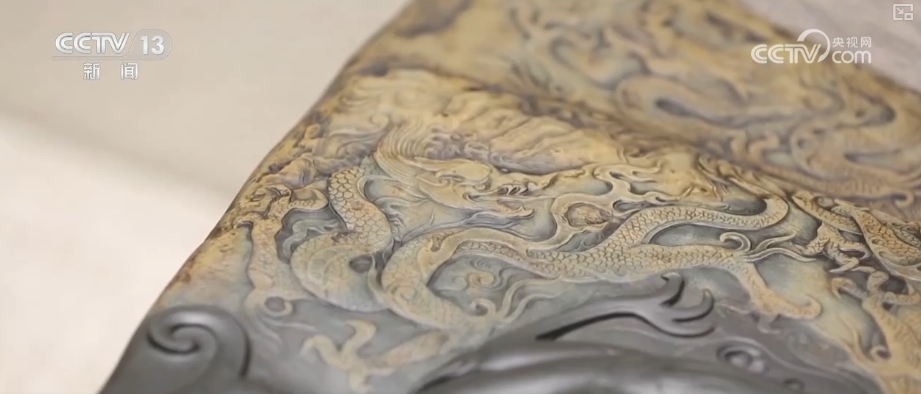
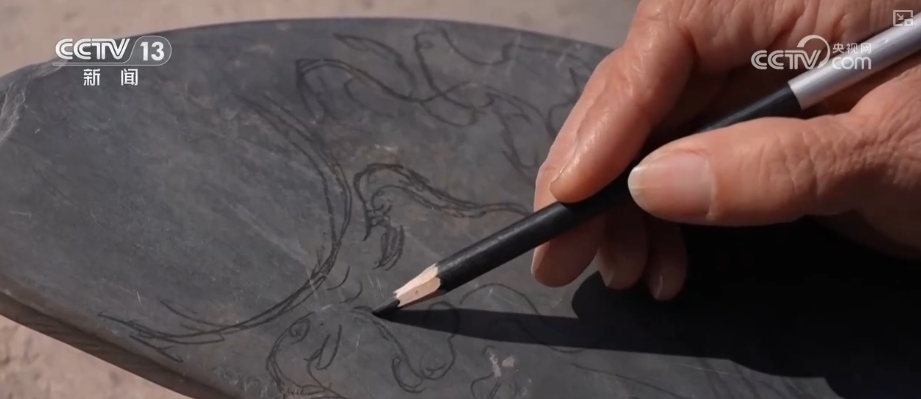

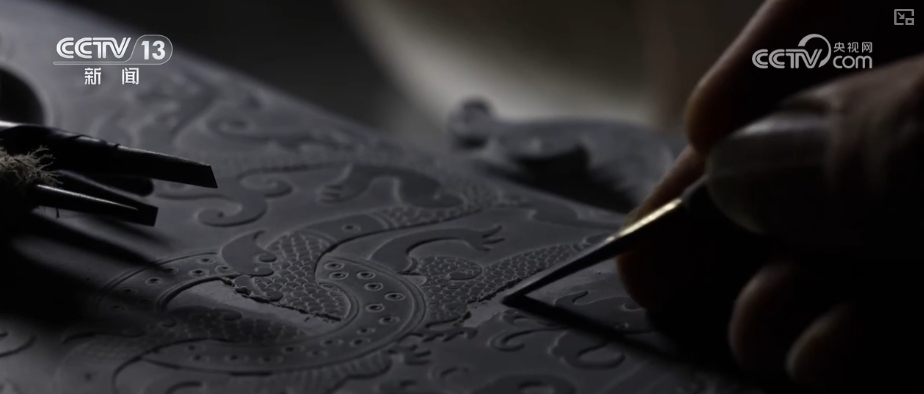
The production process of She inkstone is complex, centered on the art of carving, and consists of multiple processes such as stone selection, conception, shaping, pattern design, engraving, and polishing. In addition to the characteristics of stone itself, creativity and craftsmanship are the most important things in making a good inkstone. The sculptor must use art according to the material, carefully conceive and cleverly layout according to different stone textures, shapes, and textures, in order to create a beautiful artistic conception of natural texture colors.

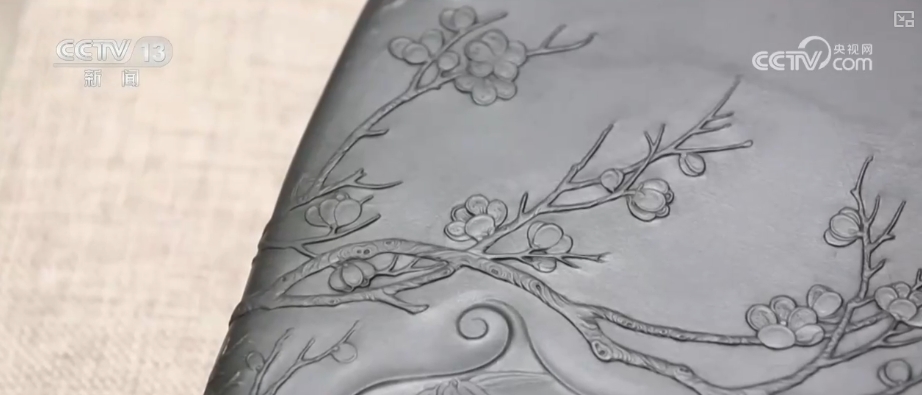
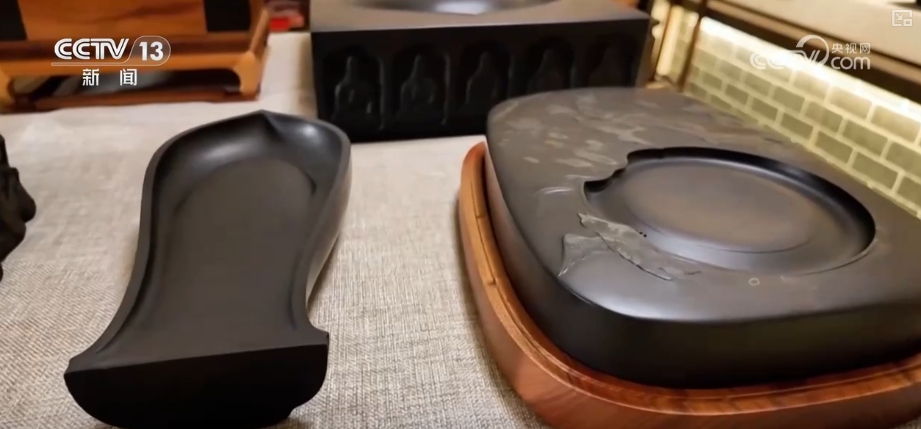
Using a knife as a pen, carving stone into a painting, carving and crafting, perfectly combining nature and skills. In Yifang, China's excellent traditional culture is condensed, passed down from generation to generation in the passage of thousands of years, and carried forward in the new era.